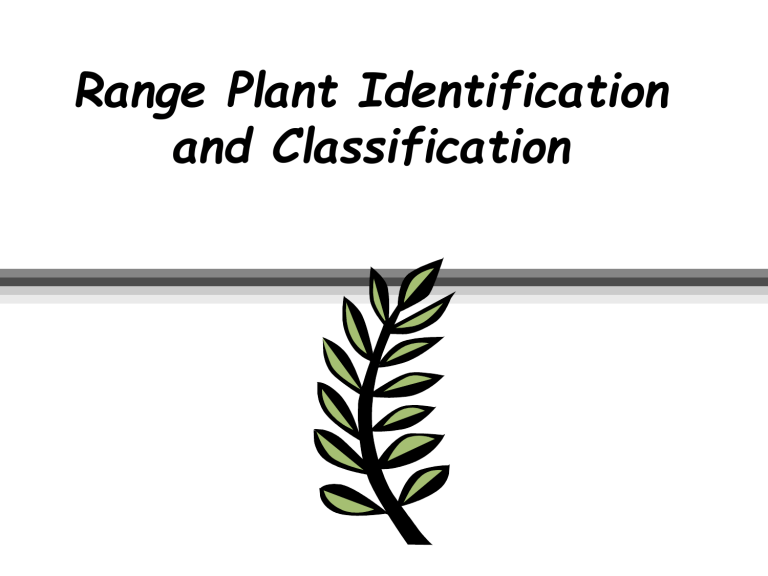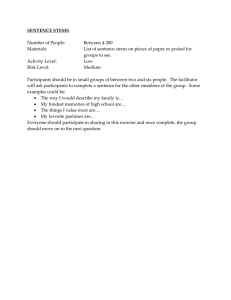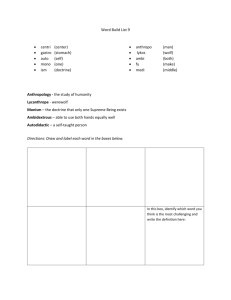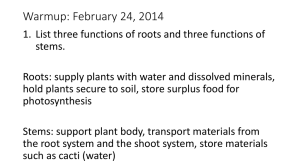
Range Plant Identification and Classification Plant Identification Plant identification is the starting point for range management decisions There are over 1700 plant species in Nebraska Each plant may have more than 1 common name but only 1 scientific name Life Form Grasses Grass-likes Forbs and Succulents Shrubs Grass Characteristics Parallel veins Two ranked leaves Hollow stems Vegetative growth Nodes Grain seeds Grass-like Characteristics Parallel veins No nodes Vegetative growth Grain seeds Sedges triangular stems Rushes round stem Forb Characteristics Net-like veins Showy flowers Vegetative growth Solid stems Shrub Characteristics Net-like veins Woody growth Growth rings Life Span Annual Live only 1 year Biennial Live 2 years Perennial Live more than 3 years Origin Native Part of the original vegetation of North America Introduced Have been brought in from outside of North America Season of Growth Grasses and grass-likes only Warm season Main growth in summer Set seed in late summer or fall Cool season Main growth in spring and late fall Set seed in early summer Livestock Forage Value High, medium, or low Based on palatability May vary depending on type of livestock and time of year Average forage value is given in handbook Grass/Grasslike Growth Forms Rhizomatous Have spreading underground stems Stoloniferous Have spreading above ground stems Bunch Have neither rhizomes nor stolons





